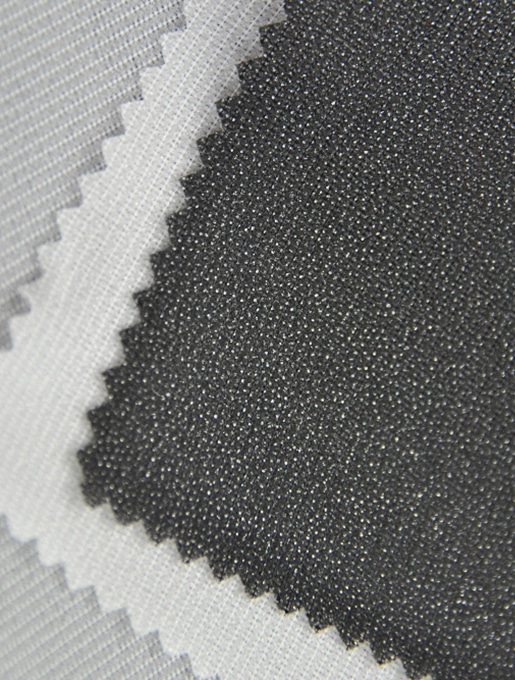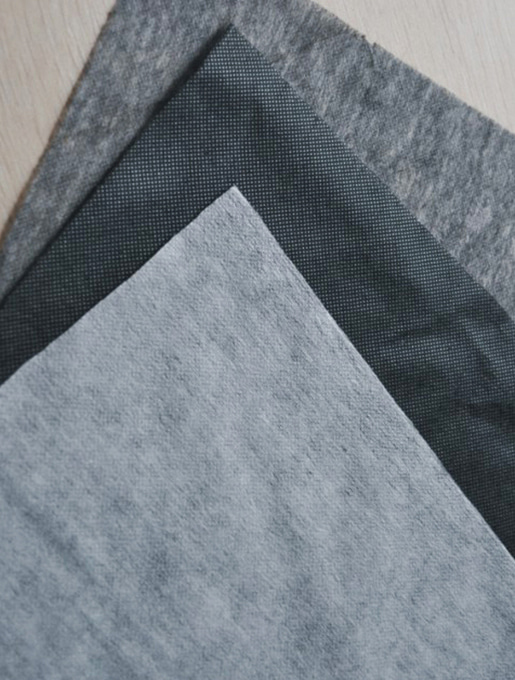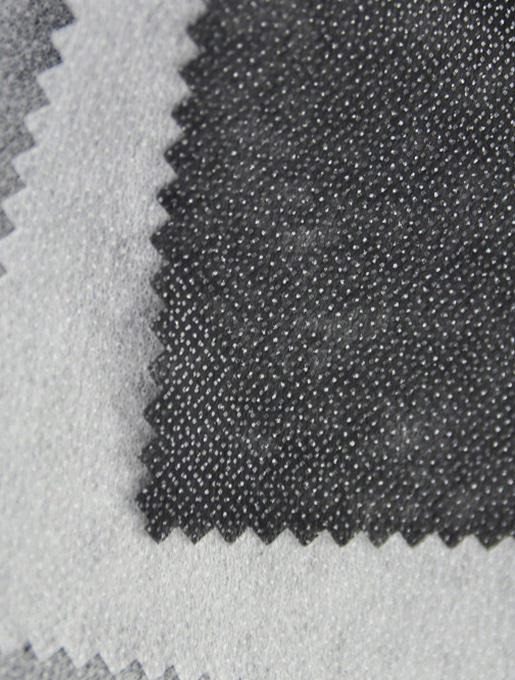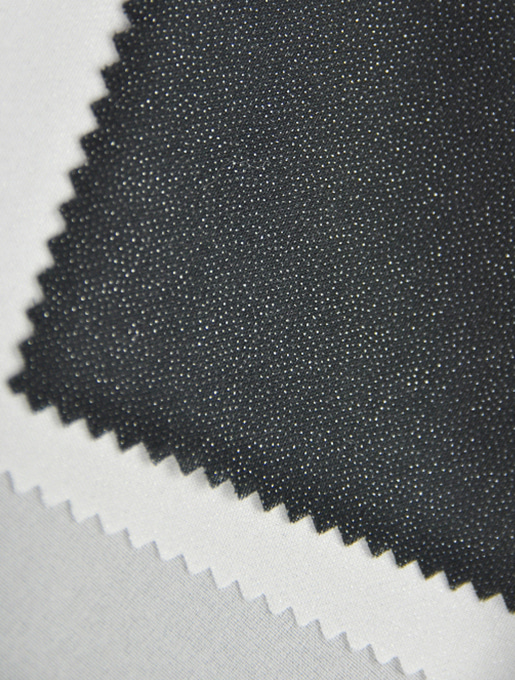Industry Knowledge
How do the specific effects of nylon and polyester on wrinkle resistance, resilience and dimensional stability change at different blending ratios?
The effects of nylon and polyester on wrinkle resistance, resilience and dimensional stability at different blending ratios are complex and changeable. Changes in these properties not only depend on the blending ratio, but are also affected by various factors such as fiber fineness, fiber arrangement, and post-processing technology.
Anti-wrinkle
Generally speaking, polyester is known for its good wrinkle resistance, while nylon also has some wrinkle resistance. In hybrid nonwovens, wrinkle resistance may gradually increase as the proportion of polyester increases because the fiber structure of polyester allows it to more effectively resist wrinkles caused by external forces. However, when the polyester content is too high, wrinkle resistance may decrease due to fiber-to-fiber interactions. Therefore, there is an optimal blending ratio to achieve optimal wrinkle resistance.
Resilience
Polyester has better elasticity, while nylon also has a certain degree of resilience. In hybrid nonwovens, an increased proportion of polyester may increase the overall resilience of the fabric, allowing the fabric to return to its original state more quickly after being stretched or compressed. However, the proportion of nylon cannot be ignored, as it also plays an important role in maintaining the stability and shape of the fabric.
Dimensional stability
Dimensional stability refers to the ability of a fabric to maintain its original size and shape when subjected to external forces or environmental changes. Both nylon and polyester have some dimensional stability, but their mix ratio can affect this property. Generally, a reasonable blending ratio can optimize the dimensional stability of the fabric, allowing the fabric to maintain better shape and size under different conditions. However, the specific blend ratio needs to be determined based on the use and performance requirements of the fabric.
The impact of nylon and polyester on wrinkle resistance, resilience and dimensional stability at different blending ratios is complex, and multiple factors need to be considered to determine the optimal blending ratio. In practical applications, experiments and optimization should be carried out according to specific needs to obtain hybrid nonwoven products that meet performance requirements.
How does fiber fineness (or diameter) affect the wrinkle resistance, resilience and dimensional stability of nylon-polyester hybrid nonwovens?
The fineness (or diameter) of the fiber has a significant impact on the wrinkle resistance, resilience and dimensional stability of the nylon-polyester hybrid non-woven fabric, which is specifically reflected in the following aspects:
Anti-wrinkle
Fineness and fiber flexibility: The finer the fiber, the more flexible it is, which means that the fiber is more likely to bend and not break when exposed to external forces. In nylon-polyester hybrid non-woven fabrics, fine fibers can better adapt to external pressure and reduce the occurrence of creases, thus enhancing the wrinkle resistance of the fabric.
Fineness and interaction between fibers: The contact area between fine fibers is relatively large, which helps to enhance the interaction between fibers, allowing the fabric to better maintain the overall shape when subjected to external forces and reduce the occurrence of local wrinkles. form.
Resilience
Fineness and fiber elasticity: The fineness of fiber is related to its elasticity. Generally speaking, the thinner the fiber, the more even its internal stress distribution, which helps to improve the elastic recovery ability of the fiber. In hybrid nonwovens, fine fibers are better able to maintain their elastic state, allowing the fabric to quickly return to its original shape after being stretched or compressed.
Fineness and inter-fiber slippage: The friction between fine fibers is relatively large, which helps to reduce the slippage between fibers, thereby maintaining the overall stability and resilience of the fabric.
Dimensional stability
Fineness and fiber arrangement: Fine fibers are arranged more closely in hybrid non-woven fabrics, which helps reduce dimensional changes in the fabric when it is subjected to external forces or environmental changes. Tight fiber arrangement provides better dimensional stability, allowing the fabric to maintain its original size and shape under different conditions.
Fineness and fiber-fiber interaction: Thin fibers have stronger interactions with each other, which helps maintain the overall stability of the fabric when subjected to external forces. When external forces act on the fabric, the fine fibers can work better together to resist the influence of external forces, thereby maintaining the dimensional stability of the fabric.
The fineness of the fibers has an important impact on the wrinkle resistance, resilience and dimensional stability of nylon-polyester hybrid non-woven fabrics. In actual production, the appropriate fiber fineness should be selected according to specific needs to optimize the performance of the fabric.

 English
English Español
Español Türk
Türk 简体中文
简体中文


























